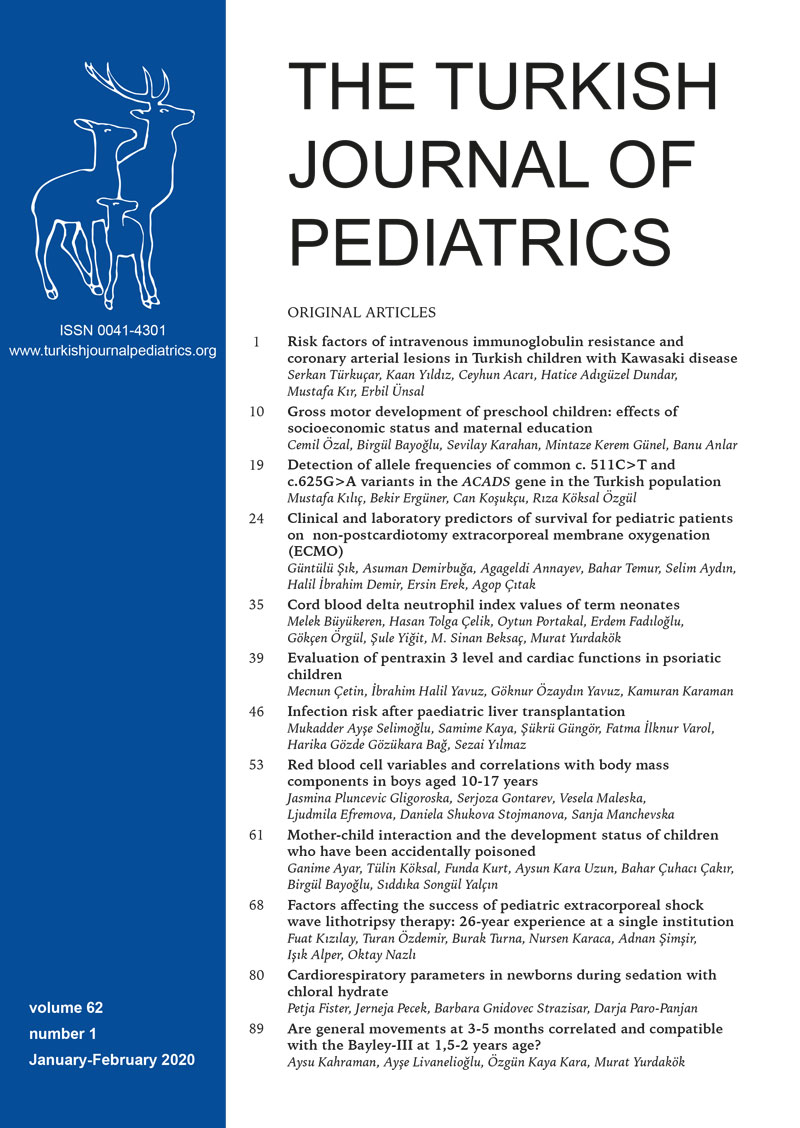Abstract
We commonly use chloral hydrate sedation in newborns, though its cardiorespiratory side effects have not yet been fully investigated. Our study aimed to analyze the impact of chloral hydrate on cardiorespiratory parameters in term newborns. We performed a prospective, pre-post single-arm interventional study in 42 term, respiratorily and hemodynamically stable newborns. Oxygen saturation (SpO2), end-tidal CO2 (ETCO2), the apnea-hypopnea index and the respiratory and heart rates were recorded by polygraphy, starting 0.5-1 hour before oral administration of chloral hydrate at a dose of 40 mg/kg and ceasing 4 hours post-administration. After administration of chloral hydrate, the mean basal SpO2 dropped by 2.0% (from 97.1% to 95.1%; p < 0.001) and the mean basal ETCO2 increased by 3.9 mmHg (25.6 to 29.5 mmHg; p < 0.001). We found a significant decrease in the minimal SpO2 values (p < 0.001) and an increase in the percentage of time spent with SpO2 < 95% and < 90% (p < 0.001). The mean increase in the estimated apnea-hypopnea index was 3.5 events per hour (p < 0.001). The mean respiratory and heart rates were significantly lower 150 min after the administration of chloral hydrate when compared with pre-sedation values (51/min and 127/min versus 61/min and 138/min respectively; p < 0.001). A considerable number of patients exhibited changes in cardiorespiratory parameters that differed considerably from the normal ranges. In conclusion, SpO2, ETCO2, the estimated apnea-hypopnea index and the respiratory and heart rates changed after the administration of chloral hydrate. They remained within normal limits in most newborns, but the inter-individual variability was high in the studied population.
Keywords: chloral hydrate, newborn, oximetry, respiration, sedative
Copyright and license
Copyright © 2020 The Author(s). This is an open access article distributed under the Creative Commons Attribution License (CC BY), which permits unrestricted use, distribution, and reproduction in any medium or format, provided the original work is properly cited.














